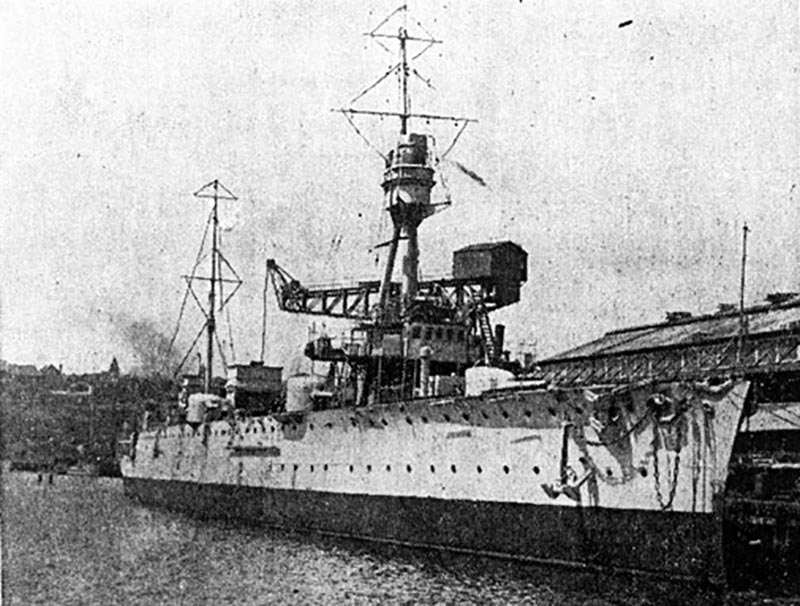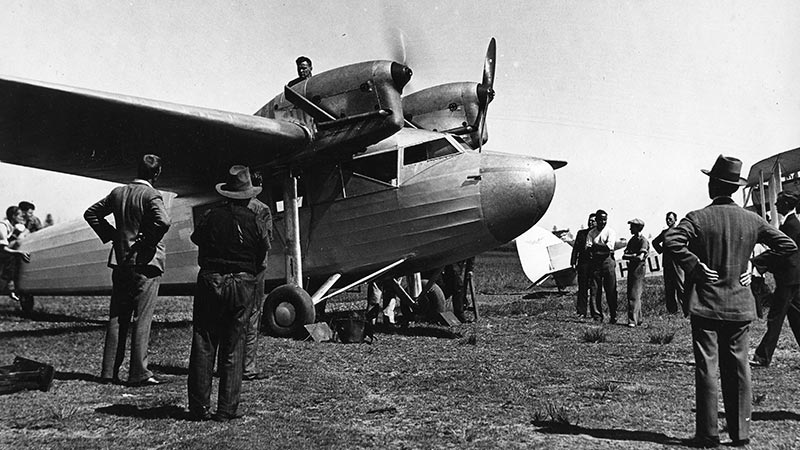Shipbreaking
Several notable ships of the Royal Australian Navy ended their days at Cockatoo Island between 1929 and 1935, when the dockyard turned to ship breaking and dismantling as a way of preserving jobs. Most famous was the cruiser HMAS Sydney, which came to the island for demolition in 1929. Parts of Sydney can now be found all over Sydney, including her foremast which was placed on Bradleys Head by the floating crane Titan in 1934.
The first destroyer built in Australia, Warrego, was also dismantled at Cockatoo Island. Her hull was to be sunk at sea, but she sank alongside the Sutherland Wharf. She was later broken up in situ, but parts of this notable destroyer remain under the wharf today.

Aircraft
In 1929, following the closure of the RAAF Experimental Station at Randwick, Wing Commander L.
J. Wackett and some of his team moved to Cockatoo Island to establish an aircraft department. Set up in the drawing office building on the top of the island, the department carried out many repairs on civil and military aircraft, including the famous Southern Cross.
In mid-1933, the aircraft department completed the design and construction of twin-engine monoplane passenger aircraft, the Codock. Further designs followed, and the department also embarked on the construction of high-speed small craft. The department was closed in 1934, but Wackett, later Sir Lawrence, went on to found a company which became the nucleus of the Commonwealth Aircraft Corporation.




